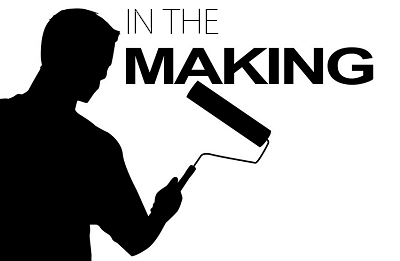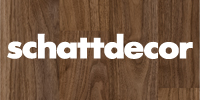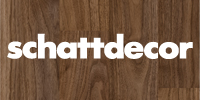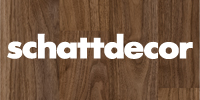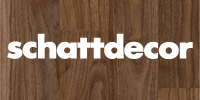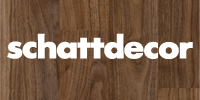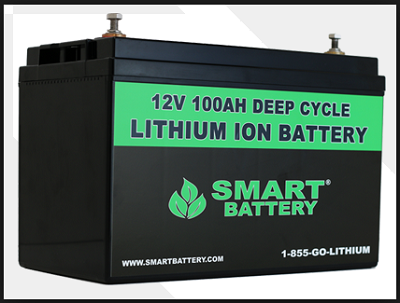
Need a portable source of power? Rechargeable batteries are a convenience at the job site or at home. There is a catch however: The strength or length of the charge such batteries hold may be insufficient for the job. Professionals and do-it-yourself consumers are hoping for better batteries with a greater storage capacity. You may wonder about the progress of battery technologies. A recent observation and promising technique is likely to improve the storage capacity of lithium ion batteries, one day.
While rechargeable lithium ion batteries are well-established as safe and reliable sources of electrical power for personal electronics, electric vehicles, and even as backup for power grids, their limitation is the amount of electrical energy that they can store within them. A battery with the potential for greater storage capacity could be used to produce devices that are smaller and lighter, or electric vehicles with improved range between recharging.
One way to improve battery storage capability is to increase the ability of the anode to store lithium ions during the charging phase. Although lithium metal can be used as an anode to increase the availability of lithium ions, it can have safety issues. Researchers at Rensselaer Polytechnic Institute (RPI) in Troy, NY have published results in Science, detailing novel heating of the anode. Their goal is to solve some of the problems that arise in the use of lithium metal in batteries. A lithium ion battery is made up of a negative electrode (the anode), a positive electrode (the cathode), and an electrolyte that allows the transfer of lithium ion between the two electrodes. When a lithium ion battery is discharged, lithium ions travel from the anode, through the electrolyte, to the cathode. During the chemical process, excess electrons travel through an external electrical circuit, powering an electronic device before returning to the cathode. When the battery is charged, the opposite occurs as lithium ions are transported from the cathode back to the anode.
Ideally, the source of lithium ions at the anode is a foil made from lithium metal, as pure metal would provide the maximum number of ions for transfer. Unfortunately, when lithium ions reach an anode made from pure metal during charging, they don’t form a smooth layer. Rather, they form spiky structures called dendrites. These dendrites can grow large enough after several charge and discharge cycles that they can create a short circuit between the anode and cathode, which could even result in a fire.
Lithium ion limits: In a modern, commercial lithium ion battery, the dendritic growth of lithium is prevented by making the anode out of sheets of carbon graphite. The lithium ions diffuse in those graphite sheets and are stored in the carbon matrix. Because the lithium ions are isolated from one another and separated by carbon, they don’t form dendritic crystals. However, it takes six carbon atoms to isolate and contain one lithium atom. As a result, much of the weight of the anode doesn’t contribute lithium ions to generate electricity. “Lithium-ion batteries with carbon-based anodes are the best available option, but they can no longer keep up with the storage-capacity demand,” said RPI Professor Nikhil Koratkar, co-author of the Science paper, in a press release from the university, adding: “for any significant new improvements, we must look elsewhere. The best option would be a lithium metal system.”
Smooth Metal: The RPI research team discovered that if the lithium metal making up the anode was heated, the lithium metal would experience surface diffusion, smoothing out the dendrites and merging them into an almost smooth, uniform layer. What’s more, the heating of the anode could be accomplished through internal resistive heating—passing a high current through the anode and allowing the resistance of the metal to current flow to produce the required heating. The researchers proved the idea worked using an experimental lithium-sulfur battery.
Spreading the dendrites into an even layer could take place as part of a healing process, whereby the battery would undergo a few cycles at a high rate of charge and discharge. It would be controlled by a battery management system, which would trigger heating of the anode when needed. “A limited amount of cycles at high current density would occur to heal the dendrites, and then normal operations can be resumed,” according to Koratkar who added: “self-healing would occur as a maintenance strategy, long before the dendrites become a safety hazard.”
Ordinarily, charging and discharging a lithium battery at very high currents can result in unwanted dendrite growth. So using the technique to fuse the dendrites into a smooth surface is an interesting concept. Although the technique to heal dendrite growth appears to hold promise, the effect of high temperatures on electrolytes and the cathode materials will need further investigation. As with so much of present-day battery research, the success and reliability of the technology developed by the RPI researchers will only be proven when it has been commercialized.
Floor Covering Media publishes
blog articles called Flooring Briefs.

Floor Covering Media is
a social media network.

Retrieve timely, objective news and
information at https://www.floorsearch.info.





